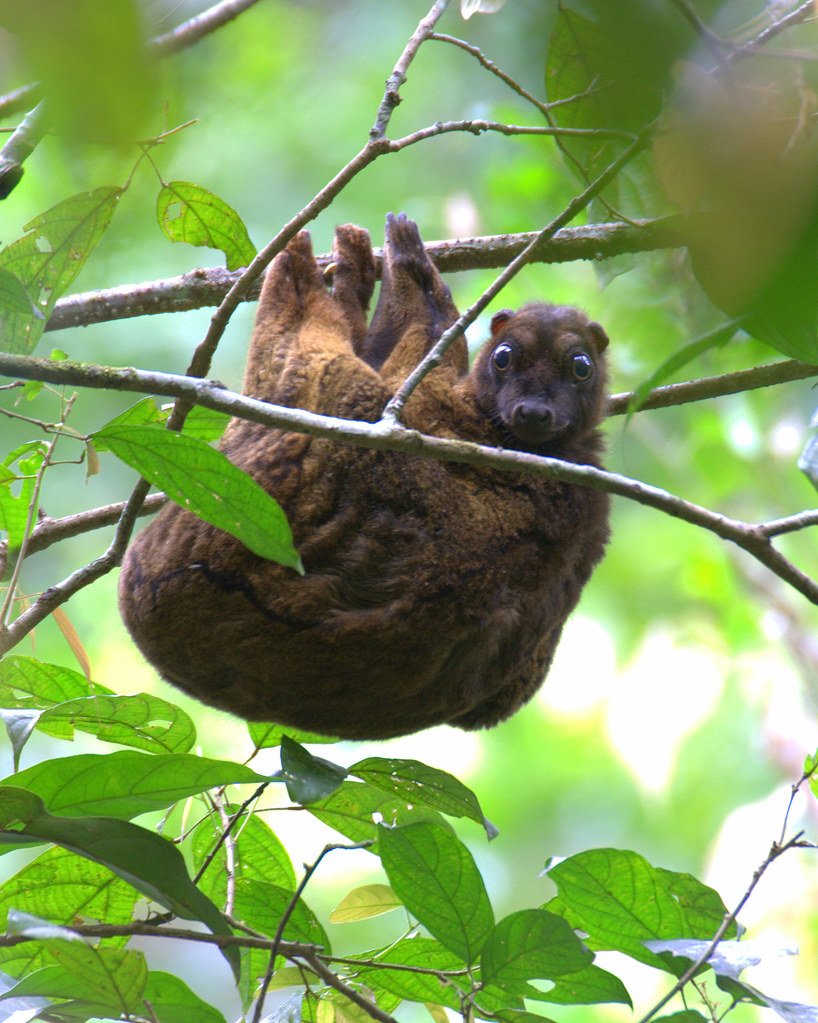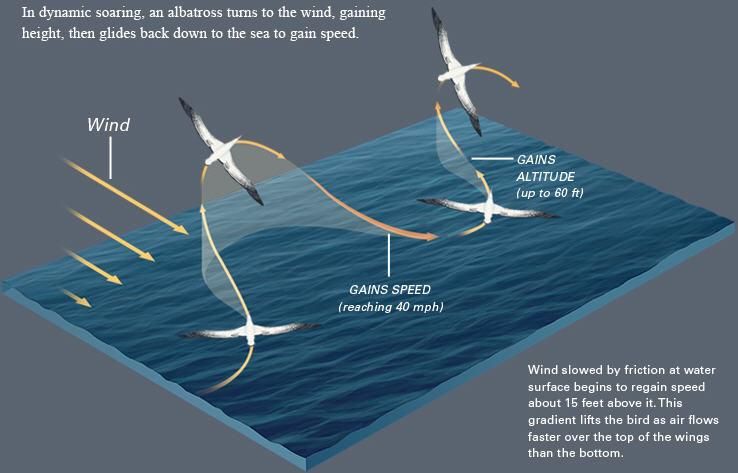
🦄 Due to the animal's large ivory tusks, they are known as unicorns of the sea.
https://twitter.com/Plants__Animals/status/1433009113080942595
Narwhal tusks are thought to play a role in mating, as some males have been seen crossing tusks, like fencing behavior, which may serve to display youthfulness, social status or strength among narwhals. 

Narwhals can dive about 1,6 km deep in the ocean. Cracks in the sea ice above allow them to pop up for air when they need it. 

The animal's famous tusk is a very long tooth, the largest ever recorded being over 2.5 meters long. 

Narwhals are unique and amazing swimmers. They can stop and remain motionless in the water for some time. They usually swim belly up, so when they lie completely still, it seems as if they are dead. They are also therefore known as "corpse whale".
Narwhals change color as they get older. Babies are mottled blue-gray, young narwhals are totally blue-black, the adults are mottled gray, while old narwhals are almost completely white.
• • •
Missing some Tweet in this thread? You can try to
force a refresh





















